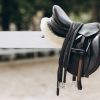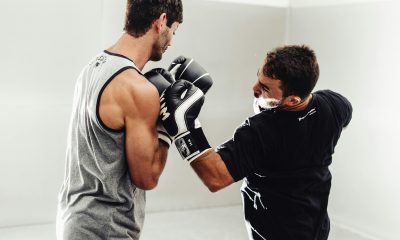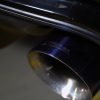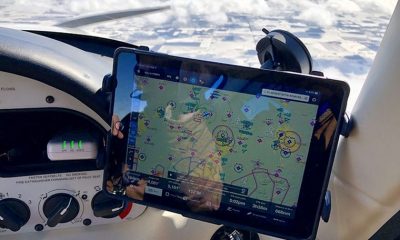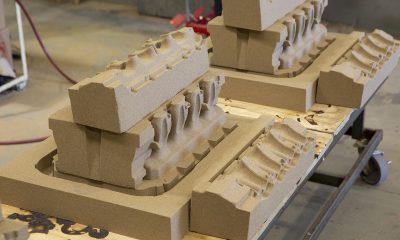Sports & Travel
The Benefits of Snowboard Helmets – the Different Types and Their Features
We don’t need to tell you that wearing a helmet while skiing or snowboarding is essential to protect yourself from head injuries and even save your life. That really is a no brainer! And if you’re new to this sport, chances are you are asking yourself – ‘Do I need a helmet for snowboarding or the one that I use for my bike will do just fine?’ But just like hiking shoes differ from running shoes, the same way snow helmets are different from bicycle or skateboard helmets. They are made from different materials and have their own type-specific features that set them apart from each other.
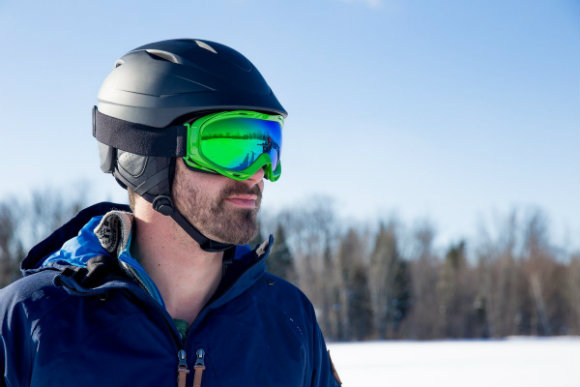
Many people choose to take off their helmet or simply don’t bring one at all when they go snowboarding, because they feel that the helmet limits their senses and movement. Statistics show that back in 2003, only 25% of people wore helmets during their skiing and snowboarding adventures. However, a study conducted in 2017 has shown that that number has risen to over 70%. The study also shows that the number of head injuries hasn’t declined, however, the intensity of the head injuries has, which means helmets are definitely beneficial. All in all, a snowboard helmet won’t prevent you from falling, but it can reduce the severity of your injury.
Types
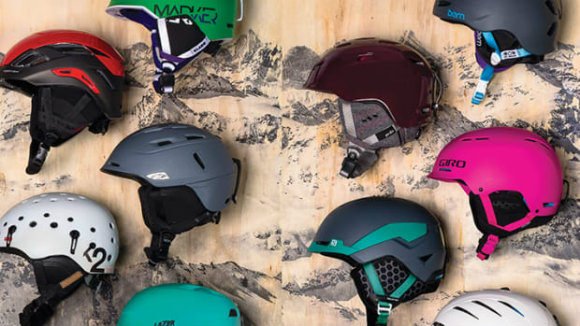
Half Shell Helmets
This is undoubtedly the most popular type of snowboarding helmets on the market today. They cover only the most important parts of your head and that makes them more comfortable than the other types. However, due to the fact that they leave certain areas of your head unprotected, they also leave you more exposed. They cover the entire top of your head and provide just slight protection to your ears in the form of padding. The reason why so many people love this design is that it doesn’t restrict the head’s movement and it does not fog the goggles due to the fact that there is not too much heat build-up and you can easily wear headphones as you shouldn’t have any problem accessing your ears through the earflaps.
Full Shell Helmets
These have pretty much the same design as half-shell helmets, the difference being that they cover your ears. The reason why people don’t like this kind as much as the previous one is because it does not provide the same sense of freedom. Your ears are protected but the cover also affects your listening ability. Some people can’t stand not being able to hear it disorients them and makes snowboarding even more difficult. Another problem that arises is not being able to use your earphones without taking off your helmet to put them on or take them off. However, they offer much better protection and if you are planning on doing some more extreme riding on your snowboard then this helmet might be right for you.
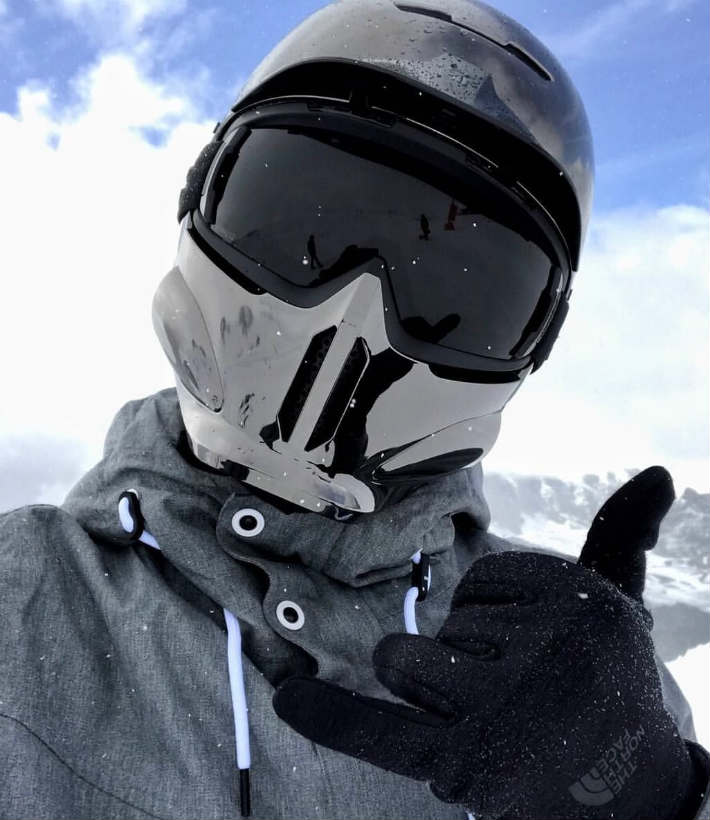
Full Face Helmet
These are designed for the most extreme riders. They offer full head protection, both for your face and skull and resemble the helmets used in moto-cross races. They also feature a large visor and a fully integrated chin guard to protect your face since the top of your head and the sides are all covered. Essentially, the full-face helmet is a full shell helmet with face protection.
Features
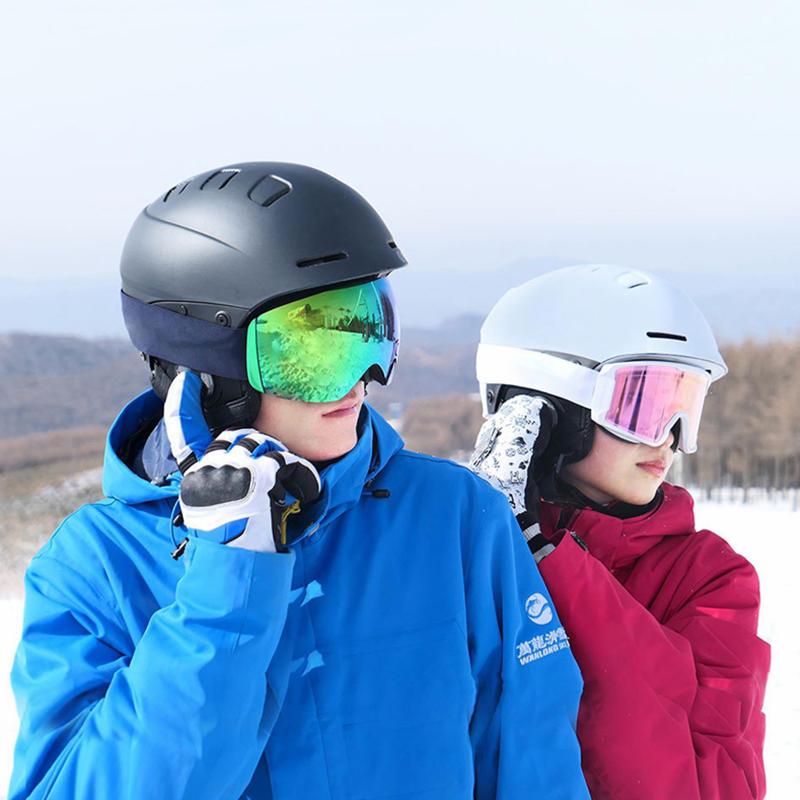
There are several features that are common for most snowboard helmets, however, others are exclusive to certain models and types. For example, almost all types of ski and snowboard helmets can be adjusted to fit your face and head best. This is usually done with the help of a wheel located at the back of the helmet – twisting it left or right tightens or loosens the grip.
Furthermore, all full shell and full-face helmets feature audio capabilities. Since half shell helmets leave your ears exposed and you can easily put your headphones in, there is no need for built-in audio capabilities in these helmets. In the other types, however, the ears are covered so they are made to be compatible with your phone, iPod and mp3 player.
And last but not least, ventilation. This feature is present in all the types of helmets, however, some types have adjustable ventilation and others have fixed. The adjustable versions allow you to choose how much ventilation you want by opening or closing certain ports that are located usually on the top of the helmet. More ventilation means less heat build-up and less ventilation means a warmer helmet.
Writing for the blog since 2012, Chris simply loves the idea of providing people with useful info on business, technology, vehicles, industry, sports and travel – all subjects of his interest. Even though he sounds like quite the butch, he’d watch a chick flick occasionally if it makes the wife happy, and he’s a fan of skincare routines though you’d never have him admit that unless you compliment his impeccable skin complexion.




